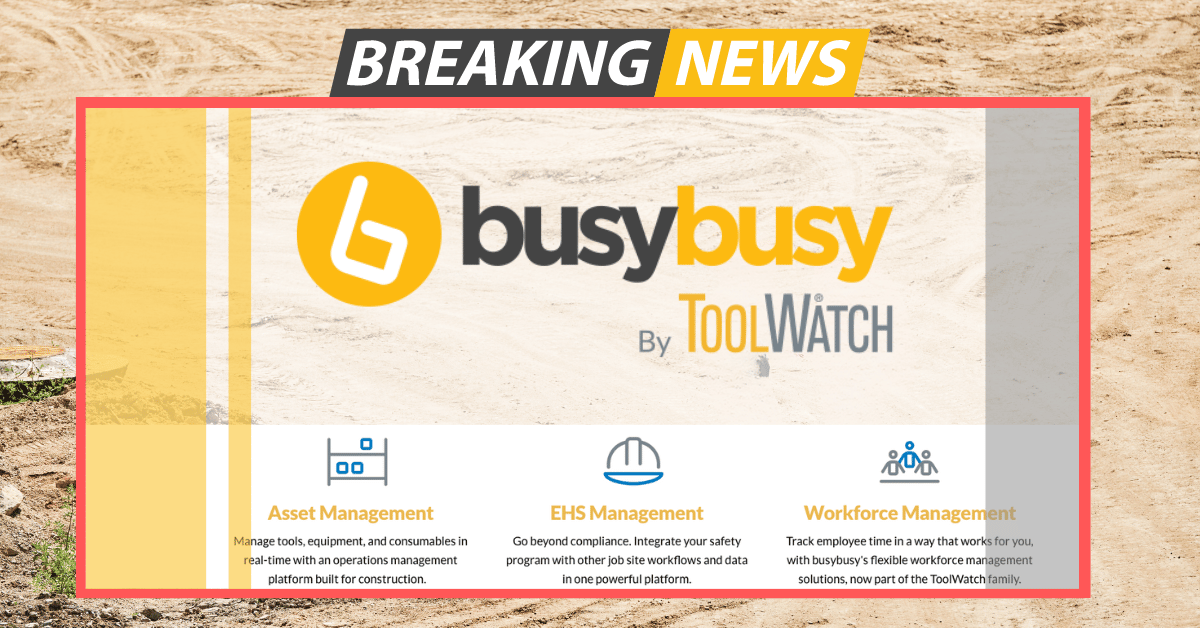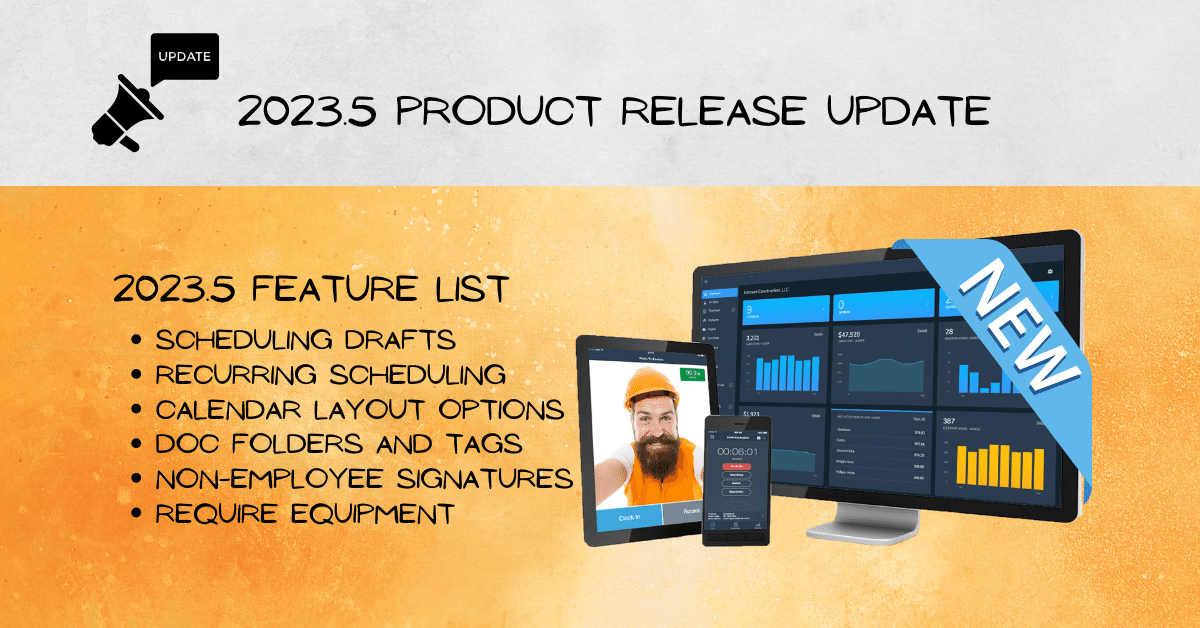
Not that many years ago, if you had a craft employee who was always texting or browsing on their smartphone, you would have fired their assembling capabilities. Nowadays, through continuous improvement, a smartphone in the hands of a construction employee might be the most powerful tool on the job site. What does your company culture lead to?
What has changed? Obviously, the scale and scope of mobile information technology has evolved dramatically. The more important change, however, is cultural. Culture is behind the power of the worker to use the power of the phone to do what the business wants it to do.
Culture shapes the value of change
That worker might be recording and providing data that creates more revenue per worker by supporting several core accounting, job-costing and project execution functions. That’s added value.
They may be uploading project notes and photos that will enable the office to delight and invoice a customer, at the same time, while providing a link to an online review page to leave a glowing 5-star testimonial. There’s instant marketing value there.
Those same job data sets, notes and photos might be saving a project manager numerous trips to the jobsite, freeing up time to improve bid specifications on a major RFP package. When that leads to better bid efficiency and more client wins, that’s a big-time boost in bottom-line profits.
Culture is always changing
Culture, whether biological or social, is an organic process – a living network of individuals connected in a common area or interest. Culture shapes and emerges from any group with shared values. It forms around and can be cultivated by the use of common language, objects, rituals, traditions, and beliefs.
How can you, as a construction business leader, make sure that the culture within your organization contributes to positive business outcomes? Culture is hard to control because of its organic nature. Negative cultural forces can grow from the smallest unseen starting point and infect the entire organization. What steps should you be taking to ensure that your company culture leads to a healthy environment for your employees, and is good for your bottom line?
Every workplace culture is unique
Construction leaders and managers have to be aware that company culture leads to the way employees work as any specific orders, instructions, or training programs. This means that company leaders must have a clear and complete understanding of what their ideal company culture looks like. They have to model those cultural values in their own behavior at all times. But it goes deeper than that.
Managers also have to delegate cultural leadership to in-house and field staff. The fact is that the attitudes and actions of individual employees have the potential to influence the overall culture of the team. Also, smaller groups and teams within the company can develop distinct subcultures, which may or may not align well with the larger group culture.
From the jokes and inside humor they share, to the choice of music on the radio, to the question of whether, where, and when music is allowed at all – these daily details of social interaction will affect the culture.
What kind of impact do these cultural forces have on the work that gets done each day? Does the culture promote an emphasis on quality and efficiency? Does it place greater value on speed than on accuracy? Is there a culture of bravado and complacency rather than one of safety and accountability?
Culture and continuous improvement
The best way to answer these specific questions is to start with one single cultural value that overrides all other factors. This is the Prime Directive (for you Star Trek fans out there) that will govern how problems and opportunities are assessed and resolved on an ongoing basis.
A focus on continuous improvement provides an ideal value on which to build a company-wide sense of positive culture. As a primary value, it recognizes that things are always changing.
Economic conditions go through cycles. Employees may come and go. Ownership may change. Tools, equipment, technology, and people are evolving constantly.
Through it all, company culture can remain steady and focused on one thing, first and foremost: What will make the company better? To go from good to great, and stay there, continuous improvement is a mechanism that can track such a moving target.
4 cultural values of continuous improvement
The 4 fundamental values of continuous improvement are transparency, trust, respect, and accountability. The emphasis of company leaders has to be on 2-way implementation of the ideas and actions that are required in each of these components.
- Transparency: The values and mission of the company should be clearly stated, updated, and reiterated. Employee values should be regularly assessed and incorporated through anonymous surveys, private interviews, and open-forum discussions.
- Trust: If the objective is “trust but verify,” transparency is necessary to provide for verification. And with open, ongoing verification, trust will follow. Again, this works both ways, and trust leads directly to the third key value.
- Respect: Mutual respect is the only kind of respect that will last. Respect, like trust, takes a long time to build up but can be destroyed in an instant. Transparency, in the form of clear communication, will work to preserve mutual trust and respect through difficult and challenging situations.
- Accountability: Each member of the team should be counted on by the others to do what they are expected to do. Expectations should be transparent and clear, and always supported by the tools and information provided. Credit for good results goes hand-in-glove with compensation and opportunity to advance. Accountability also identifies negative outcomes, not for blaming but for learning and improving the process.
Company culture drives profitable results
From global organizations to the smallest of local groups, culture is a powerful motivating force underlying individual behavior. In the context of corporate and business culture, it influences the choices and decisions that each employee makes in carrying out their daily working activities.
As leaders, senior people in the company need to be constantly feeding new plans, goals, and objectives into the corporate calendar. Equally important is that the entire staff be able, encouraged, and expected to bring in new ideas and constant feedback.
Whether the goal is to launch a new business division or adopt a new information technology tool, a culture of continuous improvement ensures a proactive orientation. If every employee understands how the power of the company leverages their own power, they become accustomed to feeling responsible for things like profitability and efficiency.
If the company culture, from CEO to backhoe operator, values transparency, and where information has maximum value, employees know that the information and ideas they have are as important as the work they do. That’s a ton of added value.











